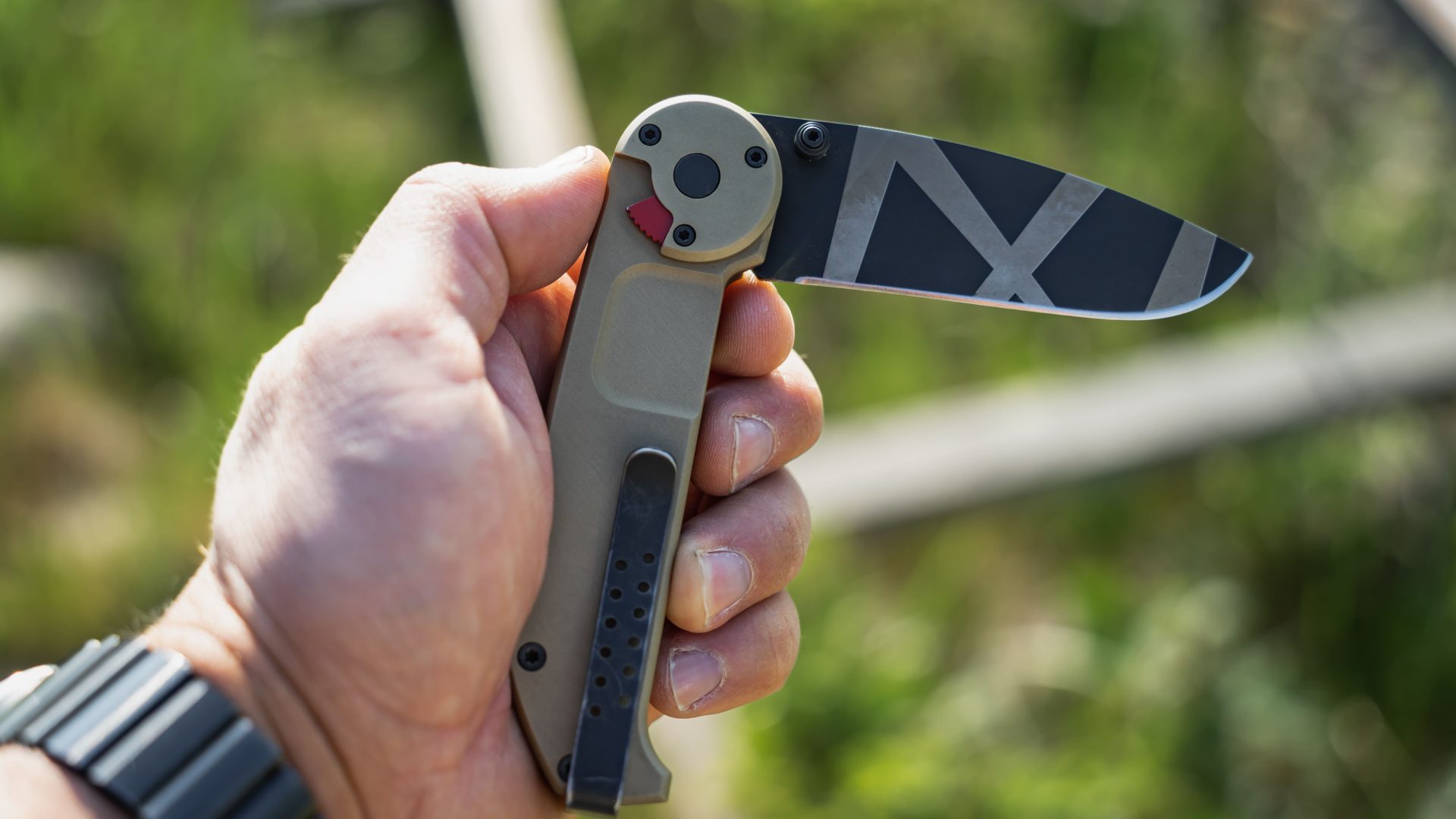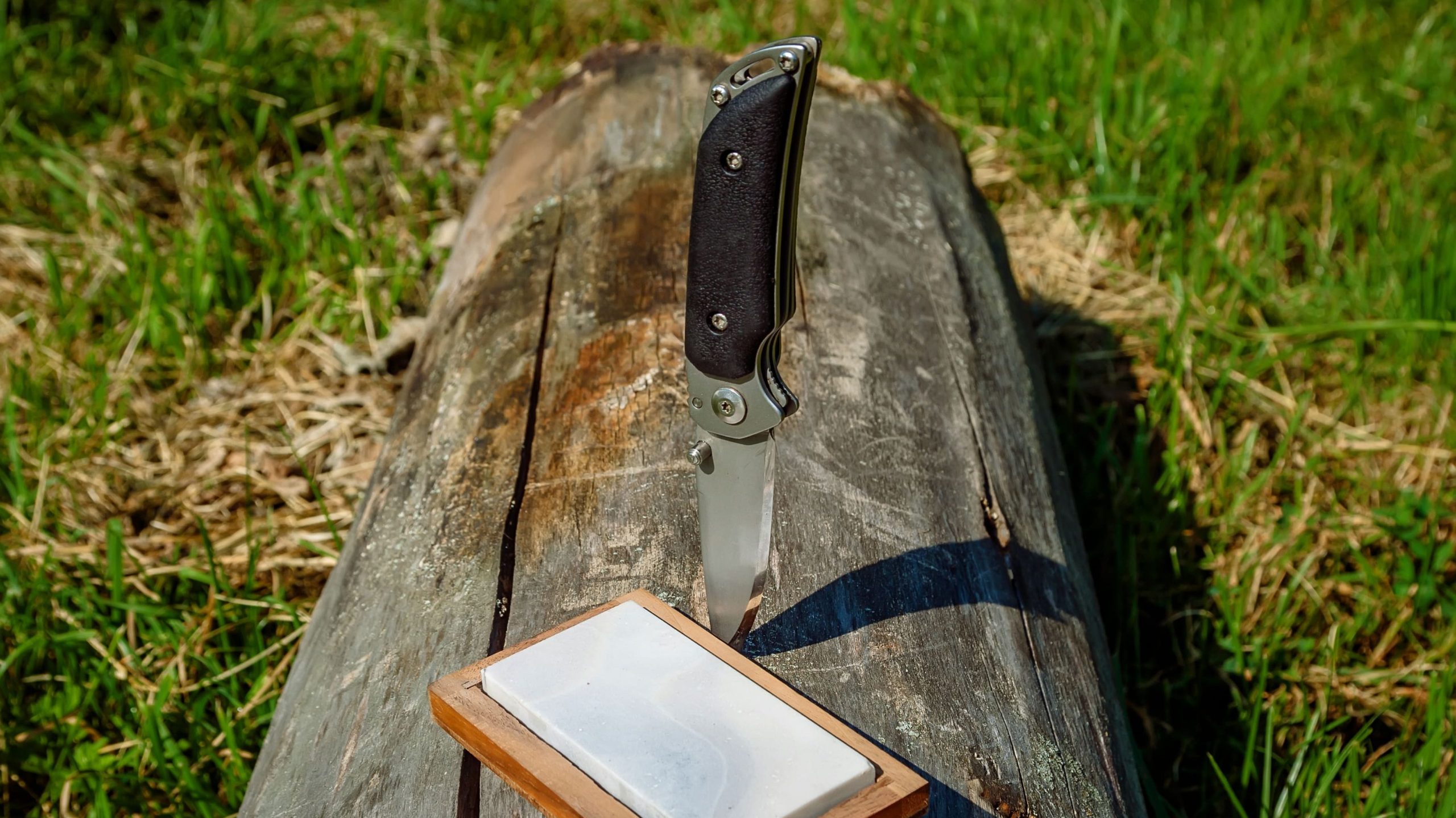
A folding pocket knife is more than just a cutting tool—it is a versatile everyday companion for opening packages, preparing food outdoors, or handling emergency situations. Choosing the best pocket knife requires balancing blade performance, portability, and safety.
This guide walks you through the key factors to consider when selecting a folding knife and compares several representative Ruike models. With specifications verified from the official product pages, you will see how different designs suit different needs.
Here is a consolidated table of representative folding knives, showing their key specifications and recommended use cases:
| Model | Overall Length | Blade Length | Weight | Blade Steel | Locking Mechanism | Best For |
|---|---|---|---|---|---|---|
| P801-SF | 200 mm / 7.87″ | 86 mm / 3.39″ | 86 g / 3.03 oz | Sandvik 14C28N | Frame Lock + Flipper/Thumb Stud | Balanced EDC & outdoor tasks |
| P851-B | 206 mm / 8.11″ | 89 mm / 3.50″ | 162 g / 5.71 oz | Sandvik 14C28N | Liner Lock + “Thumb Up” Safety | Heavy-duty cutting, added safety |
| D191-B | 219 mm / 8.62″ | 92 mm / 3.62″ | 120 g / 4.27 oz | 8Cr13MoV | Frame Lock + Flipper | Durable option at moderate cost |
| P873-G | 214 mm / 8.43″ | 88 mm / 3.46″ | 74 g / 2.61 oz | Sandvik 14C28N | Button Lock + Flipper | Lightweight daily carry |
| P841-L | 208 mm / 8.19″ | 90 mm / 3.54″ | 140 g / 4.94 oz | Sandvik 14C28N | Liner Lock + Safety Lock | Secure lock for balanced utility |
When evaluating folding knives, consider the following factors:
Steels like 14C28N deliver excellent edge retention and corrosion resistance, while 8Cr13MoV balances affordability and sharpness. A hardness rating of 57–60 HRC usually means long-lasting sharpness while remaining manageable to sharpen.
Learn more about the different knife lock types in our complete guide.
Flipper tabs, thumb studs, and nail nicks affect deployment speed and ease of one-handed use.
Lightweight knives (70–90 g) excel at daily carry, while heavier models (140 g or more) offer stability for demanding tasks.
Pocket clips and lanyard holes add convenience and accessibility.
Ease of sharpening and cleaning ensures the knife stays safe and effective over time.

The P801-SF feels slim and lightweight, slipping easily into a pocket without adding bulk. Despite its light build, the knife opens smoothly with the flipper or thumb stud and locks firmly. It works well as a daily companion but is also tough enough for moderate outdoor cutting.
This model carries more weight in hand, giving it a substantial feel. The added “Thumb Up” safety makes it particularly secure during heavy cutting. Users who need a reliable work knife for demanding conditions will appreciate its confidence-inspiring lock and solid ergonomics.
The D191-B balances durability with cost-effectiveness. The G10 handle scales provide secure grip, while the frame lock feels sturdy under pressure. It is a dependable option for users who want strength without stepping into the highest price tiers.
Weighing just 74 g, the P873-G is the most convenient to carry. Its Micarta handle feels natural and secure even in wet conditions. The button lock allows effortless one-handed operation, making it a favorite for those who value portability and ease of use above all else.
The P841-L strikes a middle ground—solid enough to feel dependable, yet not overly heavy. The secondary safety lock offers reassurance, particularly for users who prioritize secure handling. It suits those who want a versatile folding knife for both everyday and outdoor scenarios.
Laws differ across regions. Some restrict blade length, locking mechanisms, or assisted opening. Always check local regulations before carrying a pocket knife.
Safety tips:
Q: What hardness (HRC) is ideal for a folding knife?
A: 57–60 HRC balances edge retention with sharpenability.
Q: How do G10 and Micarta handles compare?
A: G10 offers rigidity and grip; Micarta feels warmer and remains secure even when wet.
Q: Are folding knives as strong as fixed blades?
A: Fixed blades are stronger overall, but modern locks make folding knives safe for daily and outdoor use.
Q: How often should a pocket knife be sharpened?
A: Frequent EDC use may require monthly sharpening; occasional use may only need a few times per year.
The best pocket knife ultimately depends on your priorities. If you value portability, a lightweight model like the P873-G is ideal for everyday carry. For users seeking a balance between strength and convenience, the P801-SF delivers dependable all-round performance. Those who often tackle heavy-duty cutting tasks will appreciate the additional lock security of the P851-B.
No single knife is perfect for every situation. By considering factors such as blade steel, locking mechanism, size, and weight, you can identify the folding knife that best aligns with your lifestyle and intended use. A thoughtful choice ensures that your knife remains a reliable tool, whether for daily tasks, outdoor adventures, or specialized needs.